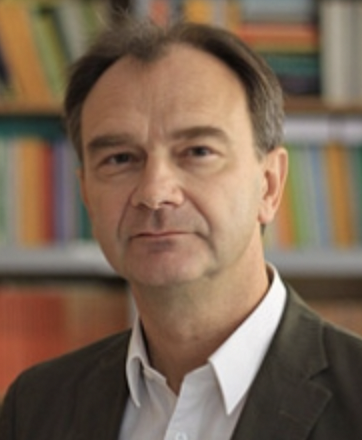The Super Proton Synchrotron (SPS) is back in operation after close to three years of intense maintenance and upgrades. With this milestone behind us, and with only the Large Hadron Collider (LHC) left to restart, it is hard not to be excited about getting back to physics after LS2.
The SPS is the last link in the chain supplying the LHC with beams but, like the Booster and the PS, it is host to a vibrant and diverse research programme in its own right. The Booster feeds ISOLDE, the PS feeds the East Area, n-ToF and the AD, while the SPS’s 450 GeV protons fill the beamlines of the North Area, HiRadMat and AWAKE. The restart of the injection chain is bringing the diversity of physics at CERN back to life, and this is what I wish to celebrate here.
It is a widely acknowledged truth at CERN that colliders cannot bring all the answers to the intricate and wide-ranging questions of physics, from the internal dynamics of protons to matter-antimatter asymmetry. That is why the Organization has made a point of developing and fostering experiments that rely on different methods, grouped within the “Physics Beyond Colliders” (PBC) programme, of which the North Area is the centrepiece. North Area beamlines supply a range of particles to a range of fixed-target experiments, which share the Prévessin site with the CERN Neutrino Platform and the control centre of the AMS experiment on the International Space Station.
From the pioneering NA1 spectrometer, which initially studied hadron fragmentation, all the way – 63 experiments later – to NA64, which studies the dark sector, the North Area’s rich physics programme has given CERN and the world an abundance of results. Over the years, the NA experiments have brought us the first attempts to study quark-gluon plasma, the first evidence of direct charge-parity (CP) violation and a strong understanding of the internal dynamics of protons and neutrons. Most recently, the NA64 experiment has set firm limits on the interaction between photons and their hypothetical dark counterparts.
Visiting the North Area can feel like entering a maze of concrete blocks, magnets and cranes. But this seemingly chaotic arrangement is only the reflection of the multiplicity and diversity of the experiments, which use different methods to observe numerous rare phenomena. There lies the strength of the North Area. This tradition of multiplying strategies to solve the riddles of physics is being perpetuated through the upgrade of long-standing experiments and the setting-up of new ones, opening horizons for various fields of research. The kaon-focused NA62 experiment will benefit from the optimisation of the SPS beamline, which was conducted in 2020, while new experiments, such as AMBER (the successor to COMPASS) and NA64++, which will study dark-sector physics, are being geared towards installation.
Moving towards this new generation of experiments and ensuring that the existing ones operate under optimal conditions offers mouth-watering perspectives for dark matter hunters, quantum chromodynamics specialists and so many other CERN users. None of those future achievements would have been possible without the hard work and dedication of those who contributed one way or another to the works carried out during LS2, whom I wish to warmly thank. Here’s to many more years of physics beyond colliders at CERN!

